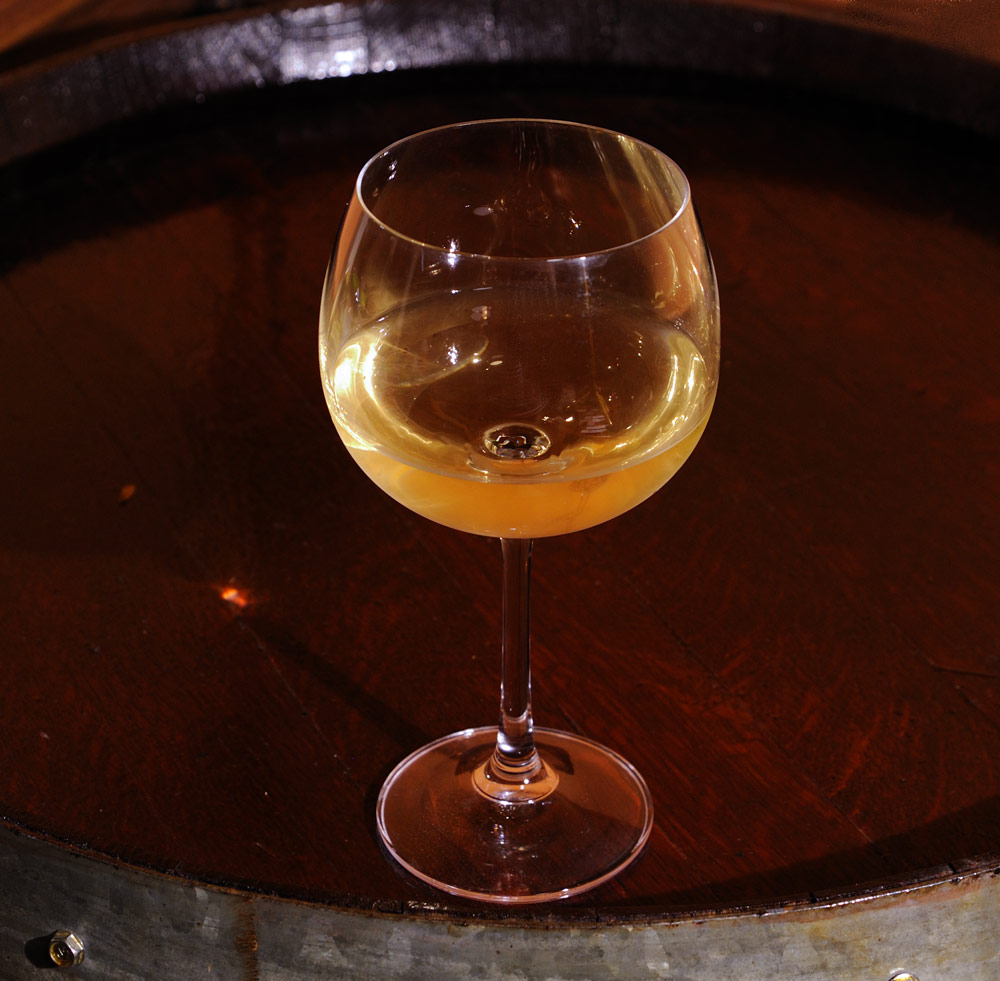
If you drink white wine in general, you almost surely drank Chardonnay. More than likely you drank it many times, even sometimes you probably didn’t know that it was Chardonnay in your glass.
This is a very popular grape variety. Nowadays every wine-producing country makes Chardonnay. Every wine store, every restaurant has a multiple choice of Chardonnay. Its popularity keeps first place among white wines (or shares it with Sauvignon blanc that is more probable).
Of course, the popularity of wine is а bandwagon foremost. The garland of victory passes from one variety to another from time to time. Riesling kept it among white wines in the middle of XX century, after it passes to Chardonnay and Sauvignon blank, soon it possible will pass to other variety or cоme back to Riesling.
However, despite the trend, there is something that gives Chardonnay the possibly to fill glasses of so many consumers.
Think, can you easily remember the exact specific taste of Chardonnay? The taste that allows you to recognize this variety independent on the country of production and wine style? If you think so, you just didn’t taste enough.
What is Chardonnay and why it is so popular?
First, Chardonnay is a variety of wine grape Vitis vinifera. It is one of the international varieties that are grown around the world, not only in some single country or region. As many such varieties, Chardonnay came from France.
What are the peculiarities of Chardonnay?
First, Chardonnay’s own taste is weak. Think about Gewürztraminer or Sauvignon blanc, two other popular varieties. They bout have a very strong specific taste that can be recognized independent on a place of production, climate, wine age or used techniques. Chardonnay doesn’t have such a specific taste. Its taste is strongly depending on climate, terroir and winemaker approaches.
Second, Chardonnay is a seldom white wine that can be successfully treated with such red wine techniques as malolactic fermentation, lees steering, oak fermentation and ageing. It opens a huge playground for winemakers and, as a result, gives a wide range of wine taste.
Chardonnay originated from France, more specifically form Burgundy. And until nowadays the best Chardonnay comes from Burgundy.
However, there is also another French region which popularity is based on Chardonnay (if talk about white grape varieties). Usually, Chardonnay is used for dry still wine, but in Champagne, it is a base for sparkling wine (of course, together with Pinot noir and Pinot meunier, but they are red grapes).
Only three grape varieties can be used for Champagne production – two red and Chardonnay (just to remind -Champagne is a sparkling wine made in Champagne province according to a specific technology and under specific rules). The specific taste of Champagne is provided by lees steering after the second fermentation. To make this taste feelable the original taste of base still wine should be very week. Also, the base wine should be relatively low in alcohol (because second fermentation increases alcohol content) and has high acidity. Champagne is the most northern wine region in France (and probably in the world, if talk about world-class wines). Chardonnay from Champagne has all requirement, it is light-bodied, with high acidity and taste of green apple, pear and green plums. Ideal base wine.
Champagne can be made only from Pino; in this case, the bottle would be marked Blanc de noir (white from black). It can be made from Chardonnay only, and the bottle would be marked Balnc de balncs (white from white). Or it can be made from the blend of Pino and Chardonnay (there are no special words for this).
So, Champagne Balnc de balncs is a pure Chardonnay.
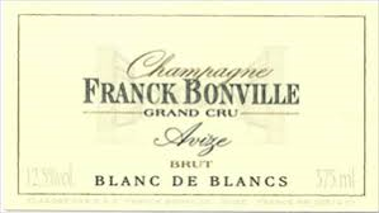
Of course, a sparkling wine made from Chardonnay can be found not only in Champagne. Champagne Houses have their domains or just strong influence in many places where you can find sparkling wine made according to Champagne technology including Balnc de balncs. Search in California, New Zealand and Australia in the first place.
As soon as we started to talk about climate influence on Chardonnay taste, let’s systemize this knowledge. It can help you to choose a region when you will be looking for something specific.
Chardonnay can be successfully grown in any kind of climate, but the style would be considerably different.
In cool climate regions, such as Champagne (the region produces not only sparkling, but some still wines also) or Chablis, wine would medium or even light-bodied with high acidity and taste of apple, pear and green plum.
In medium-warm climate, such us Macon in Burgundy or Gisborne in New Zealand, wine would be medium to full-bodied, with the taste of citrus, melon and peach.
In the hot regions, such as California, wine would be very full-bodied, with high alcohol content, low acidity and with the taste of exotic fruits like banana, mango and fig.
Chardonnay gives comparably high alcohol content. Even Burgundy Chardonnay from Cot d’Or or Macon has 13% abv, Californian wine can reach 14-15 % abv. Such a high percentage bring to wine some sweet taste, even if wine completely dry.
Such diversification is done to Chardonnay by nature. What winemaker can bring to this wine?
First, lees steering. According to standard white wine technology, the juice is separated from skins and pipes immediately after the crush of berry. It normally contains some pulp and fragments of skin. It can be additionally clarified before fermentation by centrifugation or filtration. Such clarification is almost obligate for such wines as Sauvignon blanc and Pino gris to preserve their clean gentle fruity aroma. However, in the case of Chardonnay, this procedure is optional. If winemaker has the plan to do full-bodied intense wine with ageing intention, the lees bring to the wine the complex aroma.
Second, malolactic fermentation. Yeasts are not only microorganisms that are involved in fermentation. After yeast are done with alcohol production, bacteria can get into the game. They don’t have deals with alcohol, their area of interest is acidity, one of the key factor of wine taste. Two acids are mainly important for wine taste, malic and lactic. Malic acid is stronger and sharper, lactic is softer and gentler. Lactobacteria transform malic acid into lactic one decreasing wine acidity and making it softer. They also bring an additional taste of butter and hazel. The process doesn’t require any effort. Wine just need to spend some time at warm temperature after the main fermentation. All red wine passes malolactic fermentation. Many white wines never touched by it to preserve their crispy freshness. For Chardonnay, it used often. The procedure can be done only to the part of wine, that gives the possibility to make many different variants of taste.
And at least, but not the last, oak barrel.
A barrel gives the wine two main things: oxygen and components that can be extracted from wood.
Limited oxidation is necessary to add wine new interesting and complex taste. Without oxidation, it would be a simple fruity and plane. However, too much oxygen would destroy wine. A barrel is an ideal way to measure the dose because the oxygen goes only though oak pores. For red wine oak barrels are used mainly for maturation after fermentation, however, white wine can be fermented directly in barrels; fermentation, oxidation and extraction would proceed at the same time. From oak wine mainly take tannins, but also aromas of vanilla, toasts and smoke. French and American oaks are used. They are two different species and have different properties. French oak is significantly more expensive than American. However, French oak is better for maturation (it has larger pores) and its tannins are softer. Another important thing is the age of a barrel. New barrel extracts a lot. Even after one year of use, it extracts much less. After four years of use, a barrel extracts almost nothing, but still perfect for oxidation. So, playing with the type of oak, age of barrel and time of exposition enormous varieties of taste can be put into wine. Again, treatment of different batches at different conditions and merging them after increase the variability even more.

In this Chardonnay from Mendoza (Chardonnay de Potrero, 2017, Uco Valley, Mendoza, Argentina) 10% of the wine was fermented in the used French oak barrel, after fermentation 20% was aged 6 months in the same barrel. The result is the wine with bright fruity aroma (peach, citrus), good minerality and note of vanilla.

95% of this South African Chardonnay (Spier – Signature Chardonnay 2019, Stellenbosch, South Africa) fermented in stainless steel tanks. Maturation occurred on the fine lees for two months prior to preparation for bottling. 5% barrel fermented in new French oak barrels.
The result is a bright refreshing wine with the taste of apples, citrus and nectarines and light tone of vanilla.
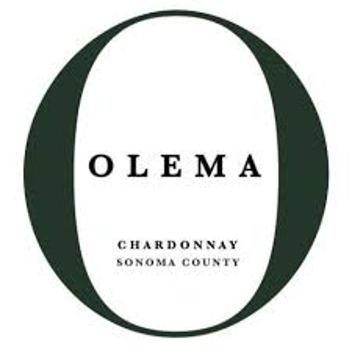
50% of this Californian Chardonnay (Olema Sonoma County Chardonnay, 2017, California, USA) fermented in Stainless Steel, 50% barrel-aged in 30% new French Oak, 66% Malolactic Fermentation.
The result is a reach, creamy wine with the taste of tropical fruits and citruses and strong aromas of vanilla, clove and nutmeg.
It is just some examples.
Of course, some winemakers try to save money. To bring oak aroma to cheap wines oak chips often be added to wine in stainless steel. This does nothing to maturation, just adding tannins and aroma which is usually more intensive that barrel gives. Such wines are very tannic and rouge. In the case of Chardonnay, it is especially unpleasant. If on the label of the cheap New World wine the word “oak” presents, but “barrel” not, it is very possible means that the wine made by this way. I would recommend avoiding them.
The possibility to use oak to create new Chardonnay taste (and cover wine downsides with strong oak taste) became so attractive for winemakers that for a long time un-oaked Chardonnay was very difficult to find outside France. Chardonnay and oak became Siamese twins. Many people believed that the taste of oak is a natural taste of Chardonnay. Rare winemakers that avoided this epidemic even marked their wine as un-oaked. Fortunately, this time stated to pass.
Where to look for Chardonnay? Of course, it is produced everywhere, however, some countries more famous for this wine.
The first place belongs to France, and inside France to Burgundy. Winemakers of Burgundy not only created the variety but they also originally applied all red wine techniques to the wine. They created the soul of Chardonnay. Of course, nor all Burgundian Chardonnay is perfect, but the best Chardonnay comes from Burgundy.
In this place, I should talk about the names.
People of the New World used to drink Chardonnay, Sauvignon blank or Cabernet sauvignon. Winemakers of New World usually directly named their wines after grape variety.
However, in Europe, and in France particularly, the naming is not so direct. Traditionally, the wine is named after the place of production. Sound complicated, however, with the developed system of Appellation d’Origine Controlee it is possible to understand what you are drinking.
The article about Europe wine law and information that can be found on the wine label – here. The similar article specifically about France – here.
Champagne Balnc de balncs doesn’t labelled as sparkling Chardonnay. However, if the bottle labelled Champagne, Balnc de balncs, the wine inside is pure Chardonnay only.
Among white wines, Burgundy specialized on Chardonnay. White Burgundy wine is Chardonnay. I talk, of course, only about AOC category. If the bottle labelled AC Bourgogne, it is Chardonnay. Well, they also produce Aligote also, but it is labelled AC Bourgogne-Aligote.
Burgundy is a wine region on the north-east of France outstretched from north to south. Is consists of three separate parts.
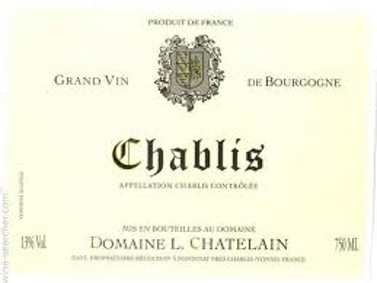
Northern part – Chablis. Its speciality Chardonnay. It is a cold region, and its winemakers very seldom use oak. Chablis is lean, light-bodied, with high acidity and aromas of green fruits, grass and chalk. Good Chablis is required very long ageing, but worth it.
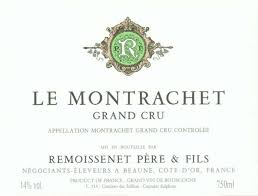
The central region, Cote d’Or, is a heart of Burgundy, place of production the best (and most expensive) Burgundy wines. Winemakers here pay a tribute to oak. They make full-bodied, soft wine with a very complex intensive taste that combines aromas of grape and oak. On top of this wine feast, there are wines that qualified as Grand cru – Corton-Charlemagne, Le Montrachet, Batard-Montrachet, Chevalier-Montrachet.

South region, Mâcon, is Chardonnay’s small motherland. It is named after one of Macon village. Bluntly, its wines are similar to Cote d’Or, but simpler and cheaper.
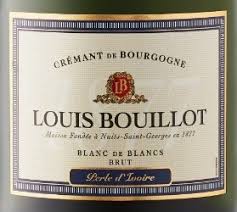
By the way, Burgundy makes sparkling wines too. Cremant de Bourgogne Balnc de balncs is also Chardonnay.
In New World Chardonnay can be found everywhere, however, some regions are traditionally known for their good and interesting wines.
Adelaide Hills, Geelong and Mornington Peninsula in Australia.
Gisborne and Marlborough in New Zealand.
Sonoma in California, especially Russian River and Carneros.
South Africa now making interesting Chardonnay.
Chile and Argentina make non-expensive Chardonnay, and its quality starts to grow. It is worth to pay attention to the coolest region in these countries – Uco Valley in Argentina and Itata, Bio-Bio in Chile.
Finally, some words about age. Is it better to drink Chardonnay young or give the preference to mature wines? Is it worth to put a bottle that you like to the cellar or drink it right now?
There is no simple answer for Chardonnay. Yes, this variety is very good for ageing to compare to, for example, Sauvignon blanc. Some high-quality Chablis takes decades to come to a peak. However, in the modern world, most non-expensive commercial wines are made to be consumed immediately. Two-three years in the bottle and wine starts to lose the taste.
The situation with high-quality wines is different. In average, more quality wine has more different components and long interaction between them gives a complex interesting result. Most commonly maturation is good for them, and on the market, they come before the peak. However, the time to peak is different between different wines. Bluntly, higher acidity requires a longer time of maturation. So, the climate dictates the time of maturation. Chablis requires a very long time to reach the peak (it also has an off-putting stage around five or six years, unlikely Chardonnay from other regions). Grand and Premier Cru Cote d’Or also required time to mature. However, Californian, even high-quality, Chardonnay comes to peak quickly and after this start to lose its taste.
More about wine ageing and its correlation with wine quality you can find here.
Now the time to open the bottle of Chardonnay (if you didn’t do it yet) and give it proper respect.
By the way, the best glass for Chardonnay is on the top photo. This shape helps to open the wine aroma in its entirety.
It doesn’t mean that you would enjoy your wine less form the glass of other shapes.